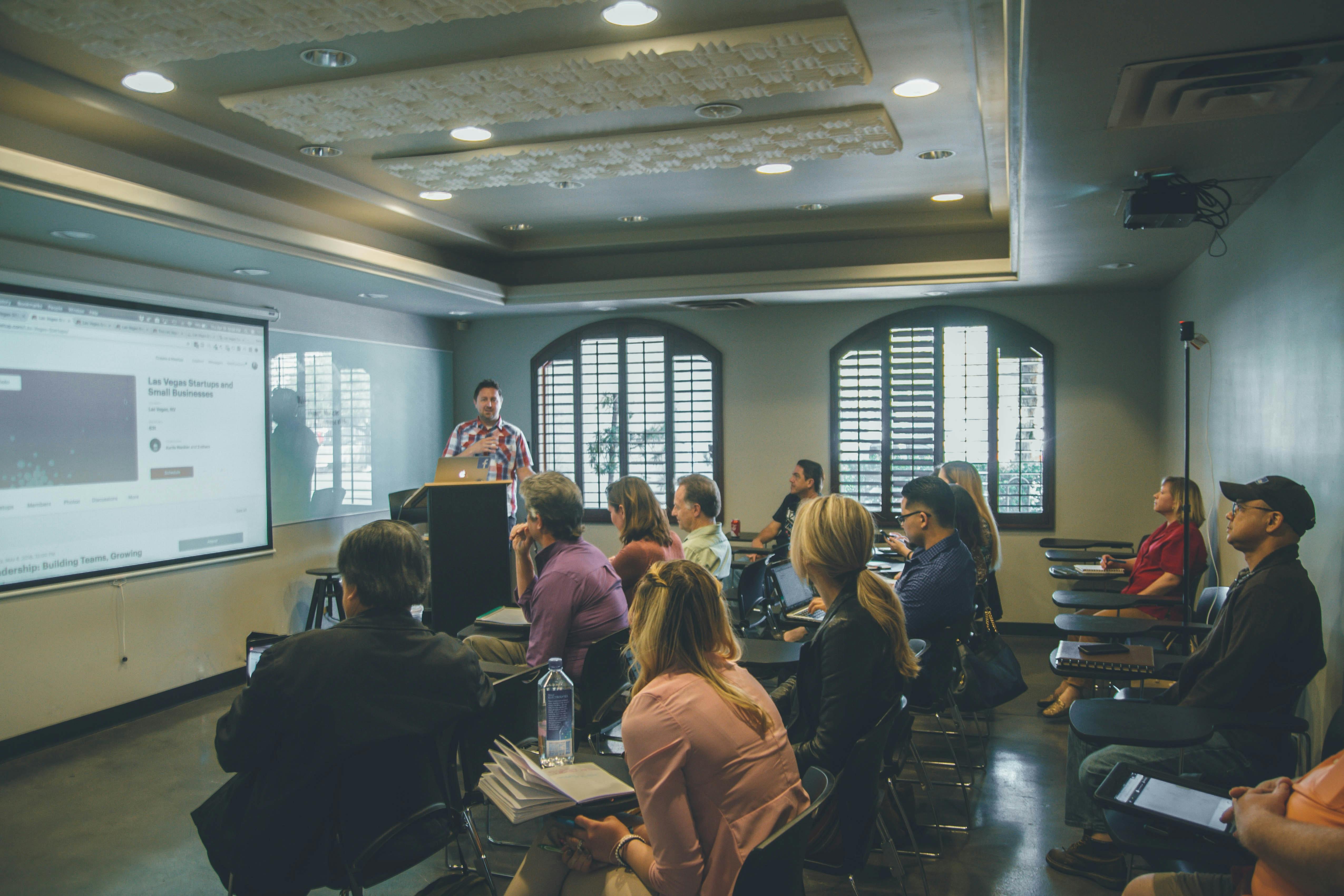The typical learning environment, be it elementary or higher education, evokes images of a classroom consisting of students in desks and uncomfortable chairs, listening raptly or daydreaming silently as teachers drone on information from the front of the room. This traditional academic classroom still exists around the world, but it is slowly evolving to become an experiential learning environment instead.
In an experiential learning lesson, students immerse themselves in situations in which the desired knowledge can be obtained. Instead of learning second-hand knowledge from the professor, the student completes the activity themselves to obtain the results. It’s a step up from the idea of learning that a stove is hot by listening to your parent versus learning it’s hot because you touch it yourself. You’re going to learn a lot better when you immerse yourself in the experience and learn the lessons directly, but with an instructor guiding you, the results are controlled.
Both Styles Have Their Advantages
Traditional learning styles in public schools have gotten criticized from many angles recently. Although other types of education have arisen, such as online and experiential, traditional classrooms have advantages over other formats.
In the traditional classroom, the teacher delivery approach is consistent. Teachers have expectations demanded of them and are monitored to ensure they are held accountable. Students know what needs to be done and use the syllabus provided as a way to keep up with their own responsibilities. The grading system is clear and apparent, and the student-teacher relationship is rooted in ethics and tradition.
Experiential learning, on the other hand, allows the students to learn with hands-on interaction. Some students find this style of instruction easier to grasp than in-classroom instruction, textbooks, and videos. Many researchers have demonstrated the strength of academic impact when a person is actively engaged in the outcome of an activity rather than rotely reciting knowledge.
Learning to Teach to Both
As with most things in life, finding a balance between two extremes is often the best way to approach them. In the classroom, there is a time where traditional academic instructional strategies are the best way to promote learning, and times where immersing the student in experiential learning work best.
Traditional learning is important when there is a limited time at hand for knowledge to be imparted or the information the student is to gain is superficial. But when a deeper understanding is necessary, such as when a student is in a course full of preparation for their future career, experiential learning has preferential advantages.
Consider these types of experiential learning strategies to balance with your traditional instruction:
● Field trips. At the higher level of learning, field trips are rarely seen. But faculty-led trips scheduled strategically to not interfere with other courses can offer invaluable learning experiences for students.
● Volunteering. Requiring students to volunteer for causes that will aid them in further understanding your course creates extensive benefits. Keep the requirements reasonable to ensure that those with a hefty work/school/extracurricular schedule can manage them.
● Research projects. Field-based learning is another important method of experiential education. Assign a research project and allow students time in class to delve into their experiment. As they walk through the steps of learning, you are there to guide them, but they make their own decisions and mistakes.
By integrating traditional methods alongside experiential learning, you’re accommodating and challenging your students along with your own instructional style.
Focus on the Ultimate Academic Impact
Any academic instructor knows that you can’t bundle all students under one umbrella and expect that teaching strategy to work for everyone. Sometimes, you have to adjust for a few students in your course. Other times, you have to adjust the course for the majority of the students as you realize your expectations were under or over their ability.
Ultimately, as an instructor, you have to make the decision to teach that will bring about the maximum academic impact possible. Keeping your mind open to both traditional and experiential teaching strategies allows you to be flexible and do what’s best for your students.
How Impactio Can Help
Impactio is an all-in-one platform in which published scholars can submit their work in a professional medium. But it’s also a community of support where experts can network with their peers to learn from each other.
Whether you’re looking for a program where you can compile your research into a final product that you can turn into a professional PDF document and web page, or you want to reach out to other experts for discourse and advice, Impactio is the place to go for academic scholars.
